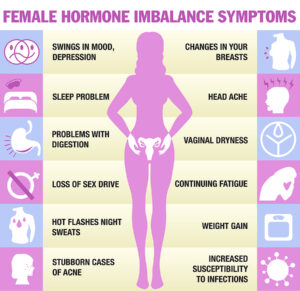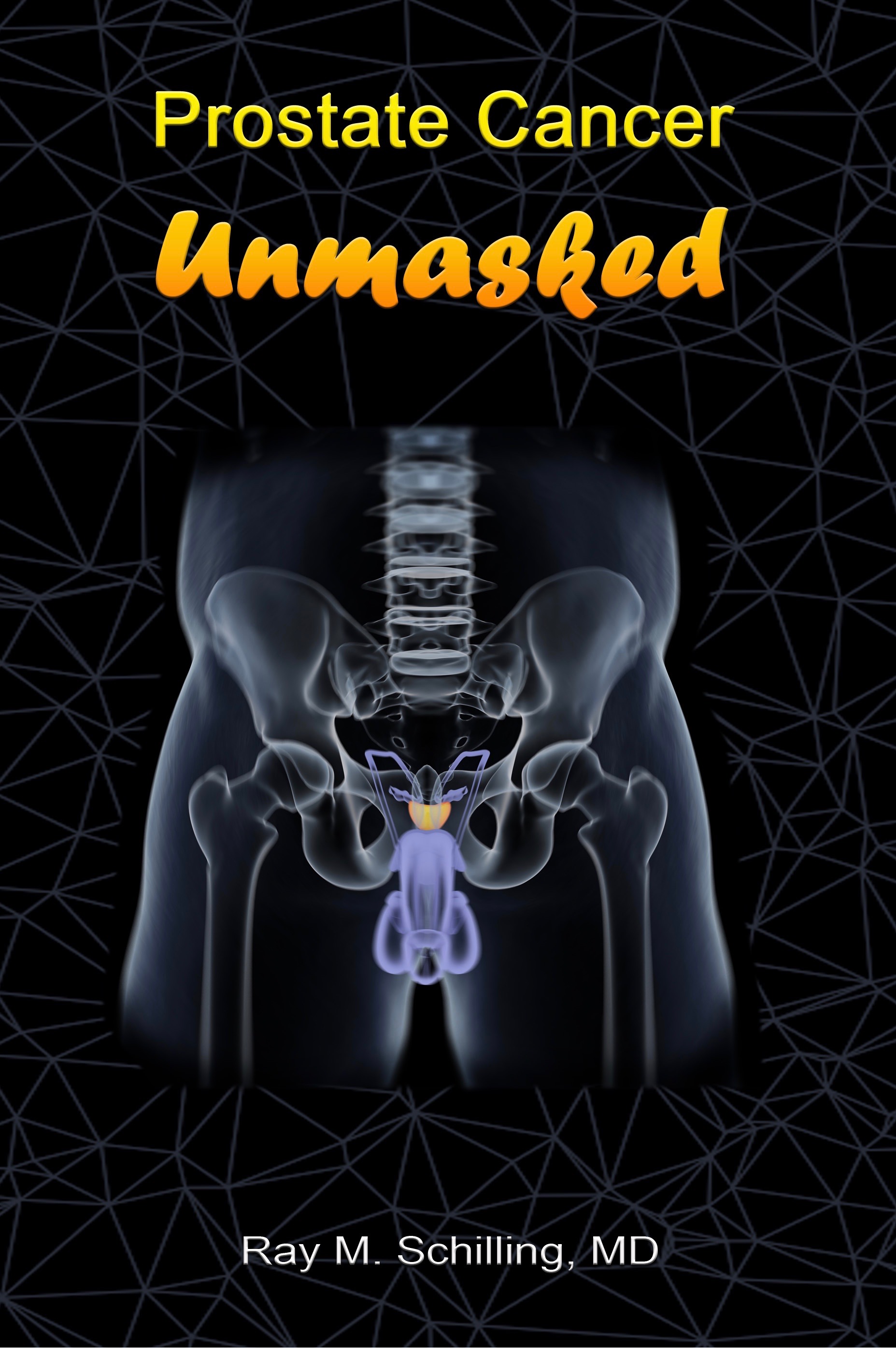Shocking medical news found that Ozempic and Wegovy can lead to blindness in one eye. Ozempic was approved by the FDA for treatment of diabetes. Wegovy, which is the same drug, got FDA approval for treatment of obesity. The pharmacological name of the drug is semaglutide. Both brand names of the drug are very popular, but they have side effects.
List of side effects of Ozempic and Wegovy
Physicians noted the following side effects of semaglutide. Nausea and vomiting, diarrhea, constipation, gas and bloating, stomach pain, fatigue, burping and changes to your face (Ozempic face). In addition, headache, rebound weight gain, low blood glucose, vivid dreams, hair loss, pancreatitis, gallbladder disease, kidney damage. Finally, there are also allergic reactions, thyroid tumors and stomach paralysis (gastroparesis) that are listed as side effects.
Rare side-effects of Ozempic and Wegovy
There is one side effect of Ozempic or Wegovy, namely a higher risk of developing a rare form of blindness. This has the name “Nonarteritic Anterior Ischemic Optic Neuropathy” or “NAION”. Only 10 out of 100,000 people in the general population may experience it. But patients who take Ozempic or Wegovy get this more often. People who took Ozempic for diabetes were 4-times more likely to develop blindness in one eye from NAION. And people who took Wegovy for obesity were 7-times more likely to get blind on one eye from NAION.
Alternative measures to treat diabetes and obesity
The question is whether you really need Ozempic or Wegovy to achieve control of your blood sugars or control of your body weight.“A crossover study showed that a fasting-mimicking diet is benefitting cardiovascular health. This new study was done by Dr. Valter Longo et al. from the University of Southern California. It compared the effect of two diets. They were the fasting-mimicking diet versus an unrestricted diet. In other studies Dr. Longo compared the fasting-mimicking diet (FMD) with a Mediterranean diet. He said: “The significance is that fasting-mimicking diet cycles were able to decrease fat mass without reducing muscle mass and without requiring changes in the subjects’ preferred diet for 25 days a month. In contrast, the everyday Mediterranean diet required a change in everyday dietary habits and had an association of 5 pounds loss of muscle.” It makes sense to use the FMD instead of the potentially dangerous Ozempic or Wegovy.
Effects of the fasting mimicking diet
The fasting mimicking diet consists of 5 days of a calorie reduced diet (500 to 600 calories per day) once a month. This helps you to reduce your weight and maintain it subsequently. Weight loss and control of diabetes are the main effects.
Conclusion
A rare complication of the popular medications Ozempic and Wegovy is the development of a rare form of blindness. This has the name “Nonarteritic Anterior Ischemic Optic Neuropathy” or “NAION”. Only 10 out of 100,000 people in the general population may experience it. But patients who take Ozempic or Wegovy get this more often, namely 4-times more often with Ozempic and 7-fold more often with Wegovy. On the other hand, weight loss can be achieved with a simple fasting mimicking diet, where you consume 500-600 calories for 5 days in a row per month. The rest of the month (25 days) you take in a normal diet. This helps you to slowly shed weight and maintain your reduced weight.
Fasting mimicking diet much safer than Ozempic or Wegovy
In my opinion the fasting mimicking diet is much safer than taking Ozempic or Wegovy. Current mainstream medicine claims that the likelihood of developing one-sided blindness from NAION is “negligible”. However, I prefer the FMD over Ozempic or Wegovy. It is important to me to maintain vision in both of my eyes.















